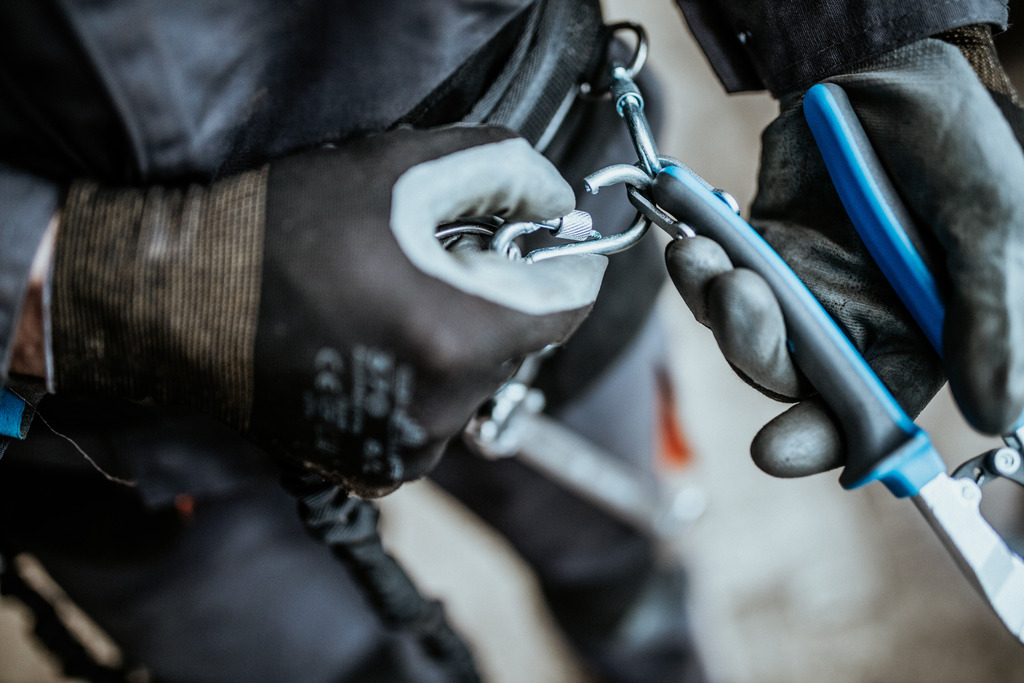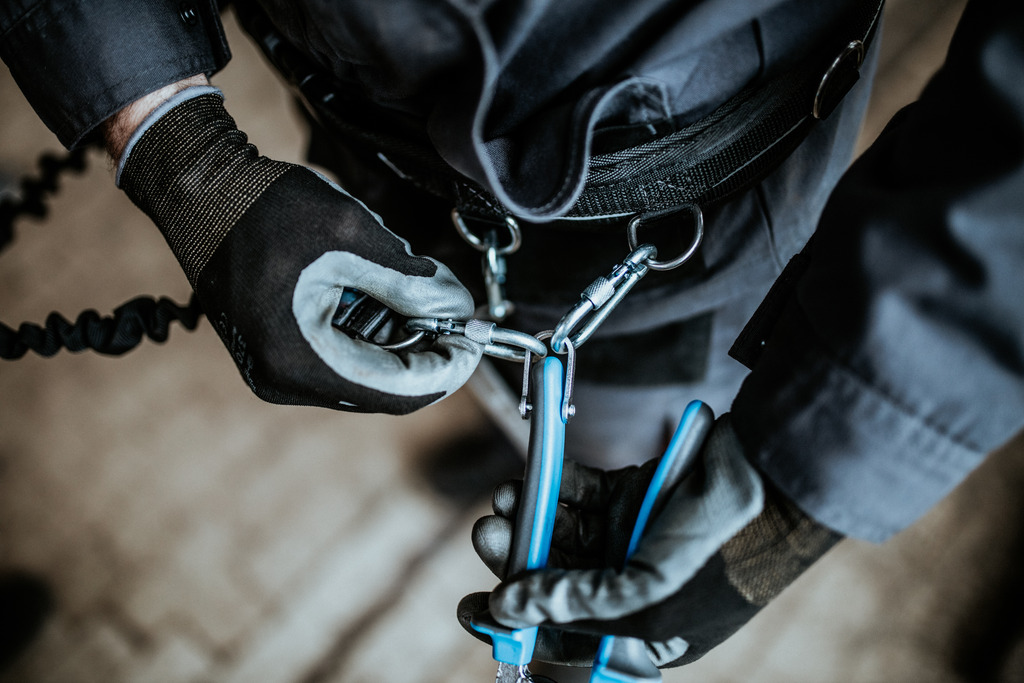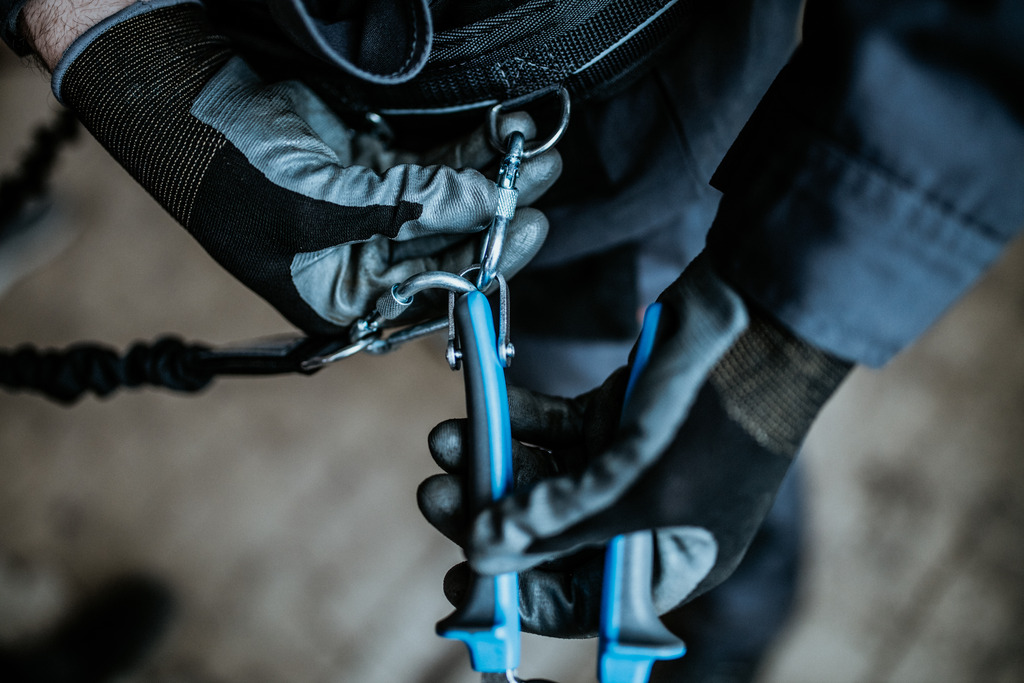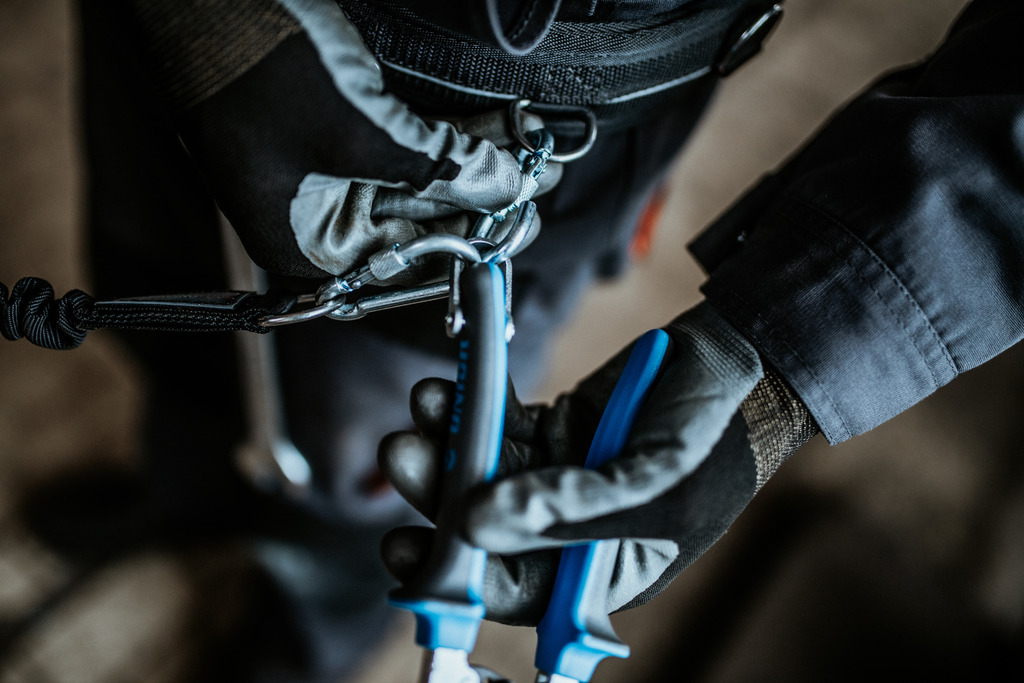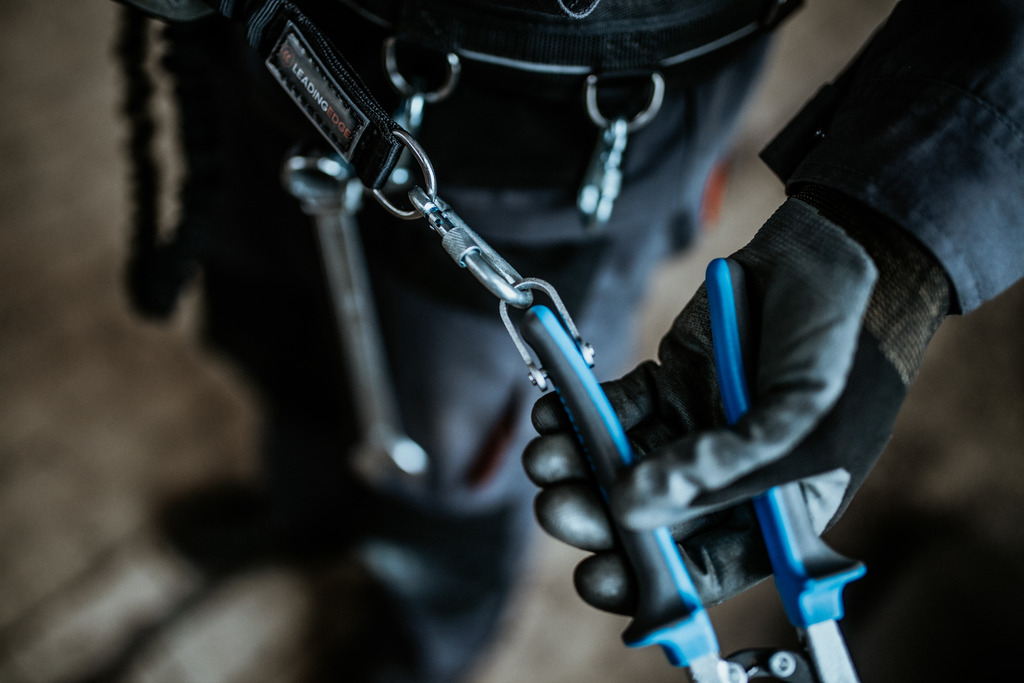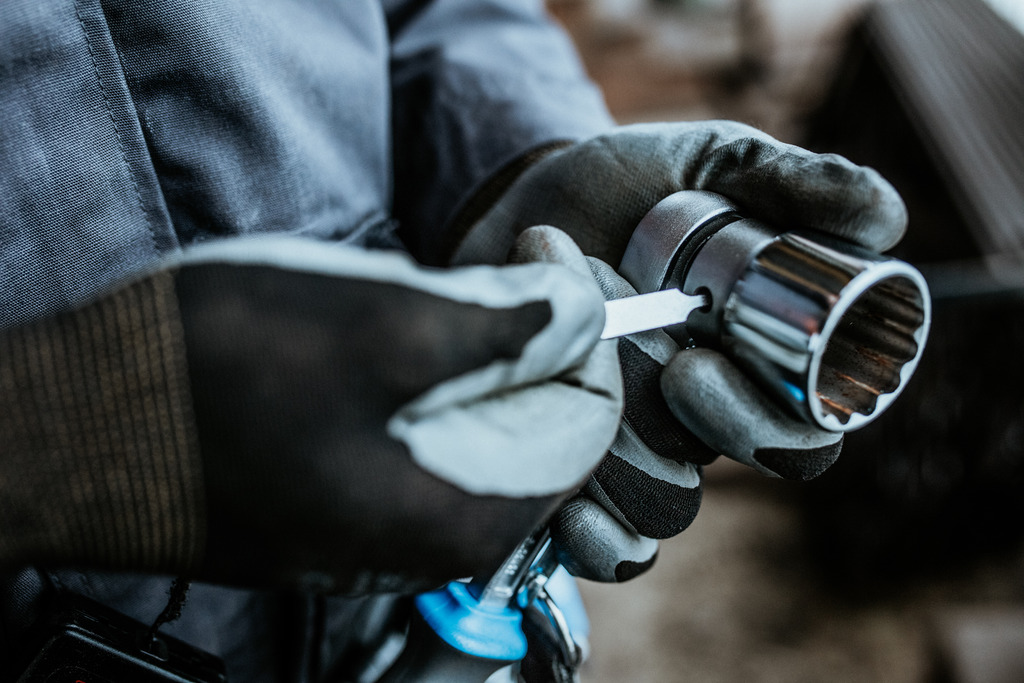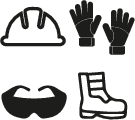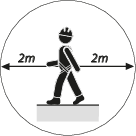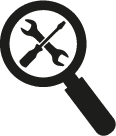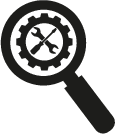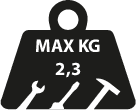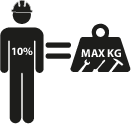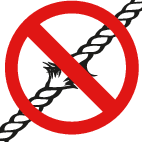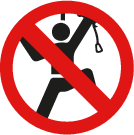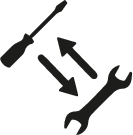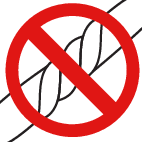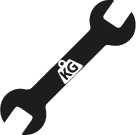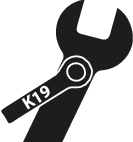Flat screwdriver TBI, for safe work at heights
More About Product
Product features
- blade: premium hard chrome vanadium steel, entirely hardened and tempered
- blade chrome plated, black anodised tip
- handle: ergonomic shape
- three component material
- hanging hole
- made according to standard DIN ISO 2380-1:2006 and DIN ISO 2380-2:2006
Advantages:
- Rotating metal ring is ergonomically designed and prevents twisting of the lanyard.
- tool weight is marked on each tool
- the rings on the tools are large enough to accept 2 carabiners
- Unior’s tools for working at heights have been designed to preserve the tools’ basic functions, ergonomics and utility, or to reduce them to the smallest possible extent.

* Images of products are symbolic. All dimensions are in mm, and weight in grams. All listed dimensions may vary in tolerance.
Usage (pictures)
Safety tips

- Use a screw holding screwdriver to get screws started in awkward, hard-to-reach areas.
- Use a stubby screwdriver in close quarters where a conventional screwdriver cannot be used.
- A rounded tip should be redressed with a file; make sure edges are straight.
- Screwdrivers used in the shop are best stored in a rack. This way, the proper selection of the right screwdriver can be quickly made.
- Keep the screwdriver handle clean; a greasy handle is apt to cause accidents.
- A screwdriver should never be used as pry bar. If it is overstressed in this manner, the blade might break and send a particle of steel into the operator's arm or even towards his eyes.
- Always change tools in secure areas where there is no risk of falling tools.
- Always use tools with Unior carabiners and never use carabiners with a diameter less than 6mm.
- Tools being used at height should regularly be checked for damage and that there is no damage to lanyards, carabiners, attachment rings or belts.

- Don't use pliers on the handle of a screwdriver to get extra turning power. A wrench should only be used on the square shank or bolster of a screwdriver that is especially designed for that purpose.
- Don't expose a screwdriver blade to excessive heat as it may reduce the hardness of the blade.
- Don't use a screwdriver with a split or broken handle.
- Don't use a regular screwdriver to check a storage battery or to determine if an electrical circuit is live.
- Don't use tools without attaching them to your work belt when working at height.
- Don't use and fix damaged tools.
- Don't exceed maximum weight of 2.3kg for individual tools that a worker can attach to their belt.
Safety (pictures)
Questions & Answers
-
Can we use a tool for working at height as a normal tool?A tool for working at height has the same usability as a normal tool, except that a non-removable riveted metal buckle is added to this tool.
-
Does the stated weight per tool for safe work at height also include the weight of the metal ring?The weight of the tool marked on the tool, included also weight of metal ring
HIGHLY EFFICIENT SOLUTIONS
Working at heights involves high levels of risk, so nothing can be left to chance. Unior – a synonym for high-quality hand tools, presents a line of tools specially adapted for working at heights in order to avoid dangerous falls.HIGH-QUALITY TOOLS FOR SAFE WORK AT HEIGHTS
Tools for working at heights are standard tools equipped with attachment points. secured tools significantly increase job safety.High precision
Unior’s tools for working at heights have been designed to preserve the tools’ basic functions, ergonomics and utility, or to reduce them to the smallest possible extent.















